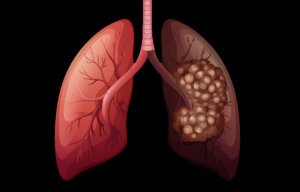What is haemophilia?

| Haemophilia is a bleeding problem. People with haemophilia do not bleed any faster than normal, but they can bleed for a longer time. Their blood does not have enough clotting factor. Clotting factor is a protein in blood that controls bleeding. Haemophilia is quite rare. About 1 in 10,000 people are born with it. Types of haemophilia
The result is the same for people with haemophilia A and B; that is, they bleed for a longer time than normal. How do you get haemophilia?
People are born with haemophilia. They cannot catch it from someone like a cold. Haemophilia is usually inherited, meaning that it is passed on through a parent’s genes. Genes carry messages about the way the body’s cells will develop as a baby grows into an adult. They determine a person’s hair and eye colour, for example. Sometimes haemophilia can occur when there is no family history of it. This is called sporadic haemophilia. It was caused by a change in the person’s own genes and occurs in 30% of cases. Symptoms The signs of haemophilia A and B are the same:
Bleeding into a joint or muscle causes:
Treatment
Treatment for haemophilia today is very effective. The missing clotting factor is injected into the bloodstream using a needle. Bleeding stops when enough clotting factor reaches the spot that is bleeding. Bleeding should be treated as quickly as possible. Quick treatment will help reduce pain and damage to the joints, muscles, and organs. If bleeding is treated quickly, less blood product is needed to stop the bleeding. |













